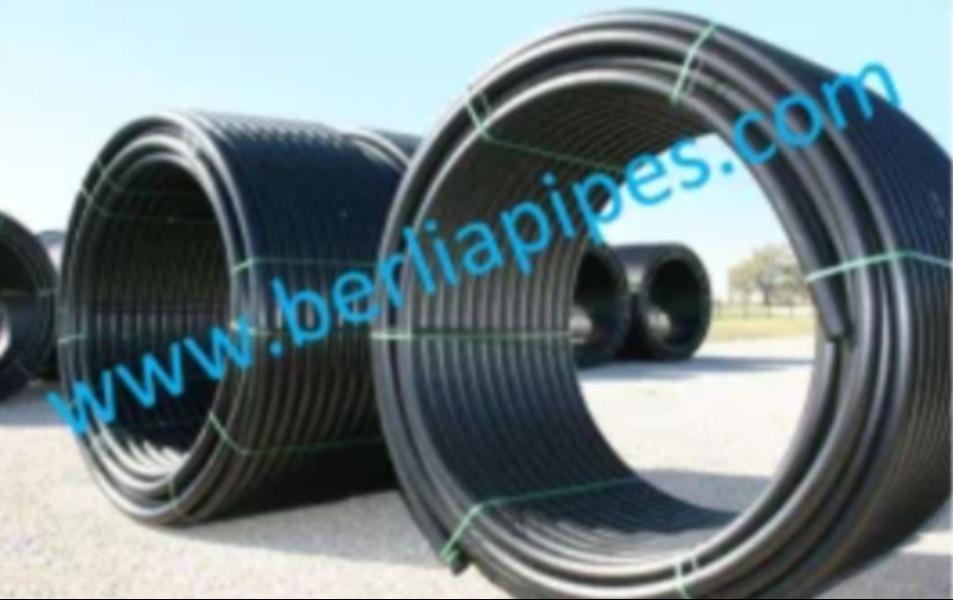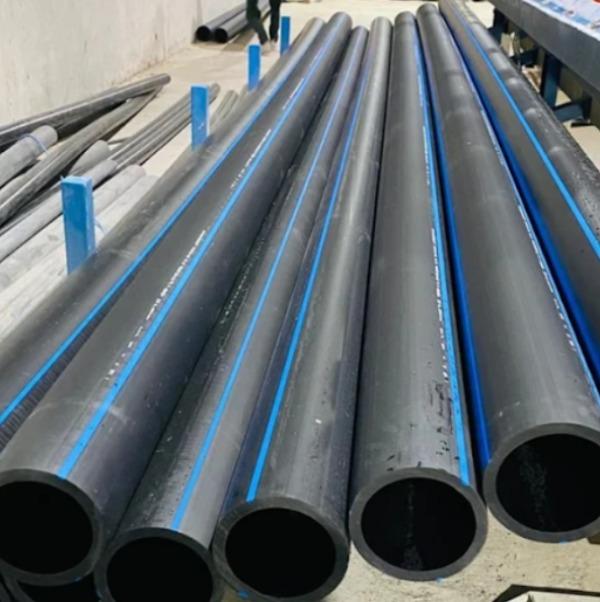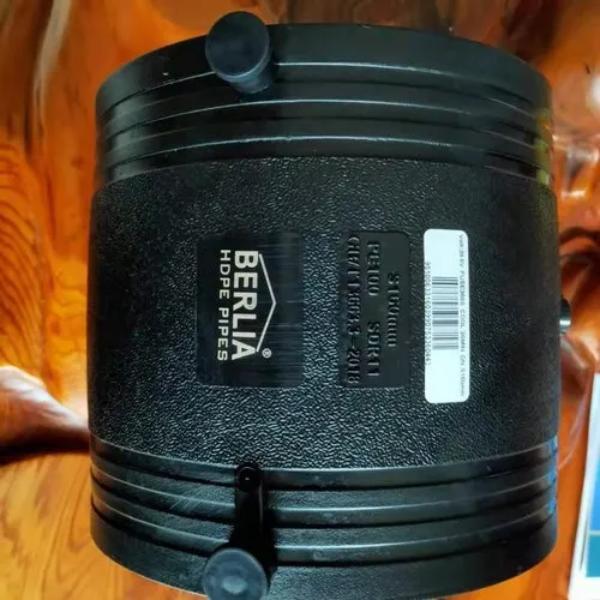GI (Galvanized Iron) pipe and HDPE (High-Density Polyethylene) pipe are both popular types of pipes used in various applications. Here's a comparison of their key differences:
1. Material:
- GI pipe: Made from galvanized iron (steel with a zinc coating)
- HDPE pipe: Made from high-density polyethylene (plastic)
2. Corrosion Resistance:
- GI pipe: Susceptible to corrosion, especially in harsh environments
- HDPE pipe: Excellent corrosion resistance, resistant to most chemicals
3. Strength:
- GI pipe: Higher strength-to-density ratio
- HDPE pipe: Lower strength-to-density ratio, but more flexible
4. Flexibility:
- GI pipe: Rigid, less flexible
- HDPE pipe: More flexible, can withstand bending and deformation
5. Weight:
- GI pipe: Heavier
- HDPE pipe: Lighter
6. Cost:
- GI pipe: Generally cheaper
- HDPE pipe: More expensive
7. Applications:
- GI pipe: Water supply, sewage, gas pipelines
- HDPE pipe: Water supply, sewage, industrial applications, gas pipelines
8. Life Expectancy:
- GI pipe: Up to 30 years
- HDPE pipe: Up to 50 years
9. Maintenance:
- GI pipe: Requires more maintenance, especially in corrosive environments
- HDPE pipe: Low maintenance, resistant to corrosion and scaling
10. Installation:
- GI pipe: More challenging to install, requires special tools
- HDPE pipe: Easier to handle and install, can be welded or fused
Keep in mind that specific properties and applications may vary depending on the manufacturer and product. If you have specific questions or need further clarification, feel free to ask!
www.berliapipes.com
Keywords
6. Cost
GI pipe
5. Weight
HDPE pipe
to 30 years
Water supply
zinc coating
special tools
gas pipelines
density ratio
popular types
Lower strength
most chemicals
Up to 50 years
Low maintenance
Higher strength
Life Expectancy
key differences
10. Installation
specific questions
harsh environments
specific properties
various applications
Galvanized Iron) pipe
corrosive environments
industrial applications
Excellent corrosion resistance
High-Density Polyethylene) pipe




